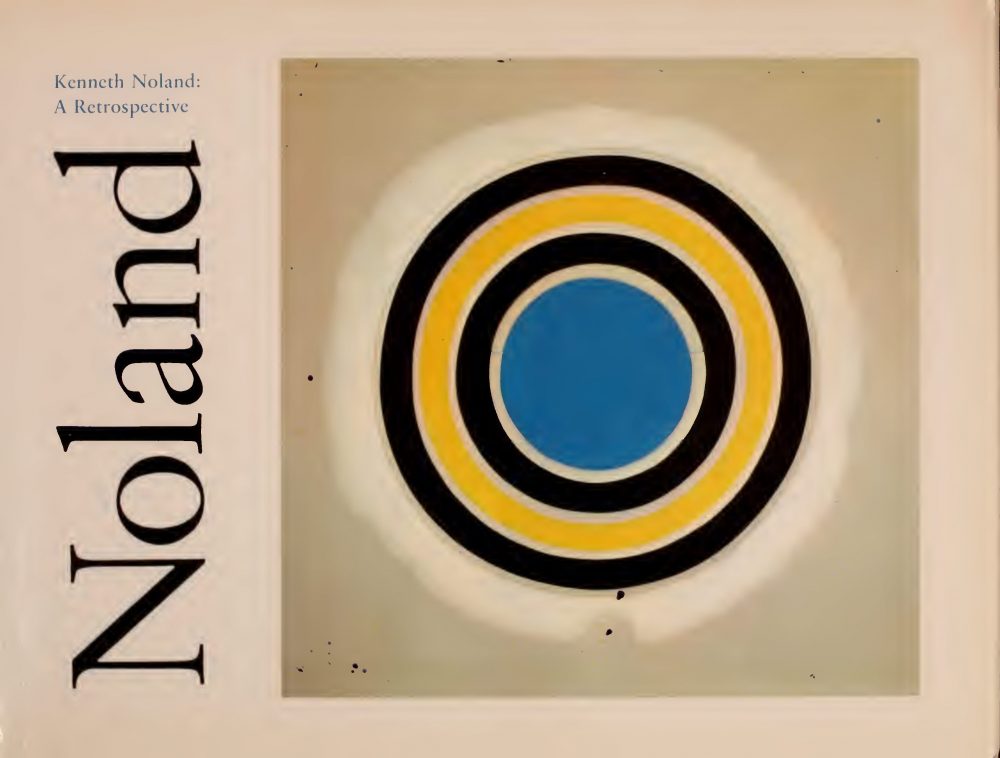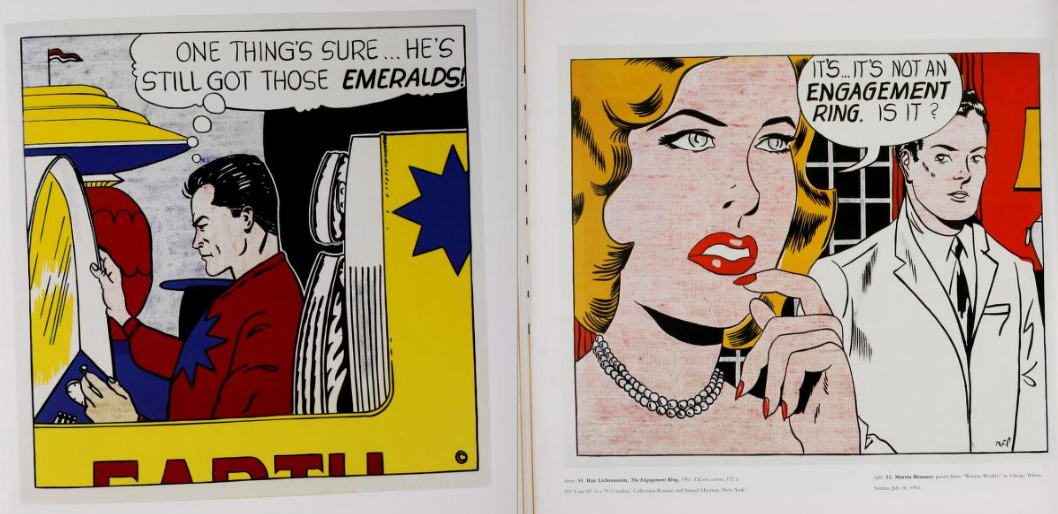I well remember pulling Robert Pirsig’s Zen and the Art of Motorcycle Maintenance from my parents’ shelves at age twelve or thirteen, working my way through a few pages, and stopping in true perplexity to ask, “what is this?” The book fit no formal scheme or genre I had ever encountered before. I understood its language, but I did not know how to read it. I still don’t, though I’ve had decades to study some of Pirsig’s references and influences, from Plato to Kant to Dōgen. Is this memoir? Fiction? Philosophy? A meditation on machinery, like Henry Adams’ strange essay “The Dynamo and the Virgin”? Yes.
Pirsig’s countercultural classic, published in 1974 after five years of rejections (121 in total) was “not… a marketing man’s dream,” as the editor at his eventual publisher, William Morrow, wrote to him at the time. Nevertheless, it sold—“50,000 copies in three months,” writes the L.A. Times, “and more than 5 million in the decades since. The dense tome has been translated into at least 27 languages…. Its popularity made Pirsig ‘probably the most widely read philosopher alive,’ one British journalist wrote in 2006.’” Pirsig, who died this past Monday, only wrote one other work, the philosophical novel Lila: An Inquiry into Morals. But he will be remembered as an important, if quixotic, figure in 20th century thought.
Zen ostensibly recounts a motorcycle journey Pirsig took with his son, Chris, and two friends. They are shadowed by another character, Phaedrus, the author’s neurotic alter ego. Pirsig poured all of himself into the book: his unorthodox philosophical and spiritual journey, his struggle with schizophrenia, his close and fretful relationship to his son (who later succumbed to drug addiction and was murdered at age 22, five years after Zen came out). It is a book “filled with unanswered and, perhaps, unanswerable questions.”
The kind of deep ambiguity and uncertainty Zen explores is not easy to write about, unsurprisingly, and in the NPR interview above from 1974, Pirsig describes his struggles as a writer—the distractions and intrusions, the self-doubt and confusion. Pirsig secluded himself for much of the writing of the book, and for much of it worked a day job writing technical manuals, which explains quite a lot about its intricate levels of technical detail.
Pirsig’s descriptions of the hard-won self-discipline (and exhaustion) that the writer’s life requires will ring true for anyone who has tried to write a book. He sums up his motivation succinctly: “this was really a compulsive book. If I didn’t do it, I’d feel worse than if I did do it.” But Pirsig found he couldn’t make any progress as a writer until he gave up trying to be “in quotes, a ‘writer,’” or play the role of one anyway. “It was always a separation of my real self from the act of writing,” he says.
His process sounds like the freewriting of Kerouac’s road novel or the automatic writing of the Surrealists: “I could almost watch my hand moving on the page; there was almost no volition one way or the other, it was just happening.” What he identifies as the “sincerity” of the book’s voice helps steady readers who must trust a very unreliable narrator to guide them through a philosophy of what Pirsig calls “quality”—a metaphysical condition that underlies religions and philosophies East and West. “One can meditate,” he wrote, “on the fact that the old English roots for the Buddha and Quality, God and good, appear to be identical.” Pirsig subjected all human endeavor to the scrutiny of “quality,” including so-called “value free” science, a characterization he found dubious.
In the BBC radio interview above, you can hear Pirsig describe his personal and intellectual journey, which took him through a troubled childhood in Minnesota, a tour in the Korean War, an academic career, and eventually a central role in the “whole attempt to reform America” begun by “beatniks” and “hippies” in San Francisco. (Both words, he wrote, were “cliches and stereotypes… invented for the antitechnologists, the antisystem people.”) Urged by a university colleague to pursue the question “what is quality?,” Pirsig undertook an obsessive investigation. His willingness and courage to follow wherever it led defined the rest of his life as a writer and thinker.
Related Content:
What Are Literature, Philosophy & History For? Alain de Botton Explains with Monty Python-Style Videos
12 Classic Literary Road Trips in One Handy Interactive Map
Philosophy of Religion: A Free Online Course
Josh Jones is a writer and musician based in Durham, NC. Follow him at @jdmagness





